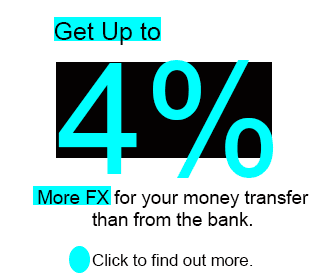EUR/USD: Setback Risks Grow
- Written by: Gary Howes
-

Image © Adobe Images
The Euro to Dollar exchange rate could be set for a pullback and consolidation following a strong run.
The Euro this week hit its highest level in a month, propelled higher by Wednesday's softer-than-expected inflation report that boosted expectations that the Federal Reserve will cut interest rates in September and again in December.
Euro-Dollar extended to a peak at 1.0898 on Thursday but has since retraced gains to 1.0843. The retreat signals emerging fatigue in the rally and investor caution as we move towards the June 06 European Central Bank policy decision.
"We think that a lot of EUR-positives and USD-negatives are already in the price at current levels," says Valentin Marinov, Head of G10 FX Strategy at Crédit Agricole.
Crédit Agricole thinks the recent strengthening of the Euro could encourage the ECB to deliver a 'dovish rate cut' on June 06, signalling that further easing is likely.
Charalampos Pissouros, Senior Investment Analyst at XM.com, says the Dollar is recovering following recent commentary by Federal Reserve officials that suggests there is no reason to change the stance of monetary policy now, despite a slowdown in CPI inflation.
Cleveland Fed President Loreta Mester went a step further, adding that if long-term inflation expectations also begin to increase, the Fed may need to be open to further rate hikes, although she said that this is not her base case.
"The USD has remained on the front foot overnight, after a bunch of Fed speakers stressed the need for patience before monetary policy can be eased," says Valentin Marinov, Head of G10 FX Strategy at Crédit Agricole.

Looking at the charts, should the Euro's nascent setback extend, it could reach as far as the 200-day moving average at 1.0788.
Euro-Dollar's technical setup has nevertheless improved notably this week, and technical analysts say further gains are possible in the medium term (1-3 months), with one saying 1.10 could be back in contention over the coming weeks.
This suggests the lows for 2024 are in, but a return to the highs could be a drawn-out process.










